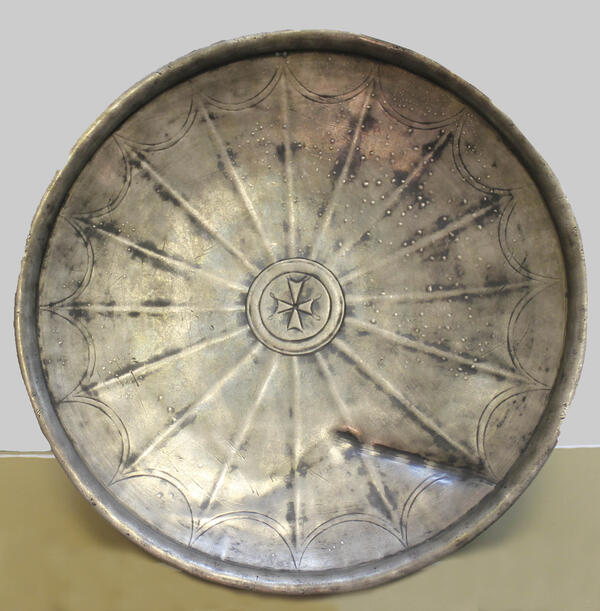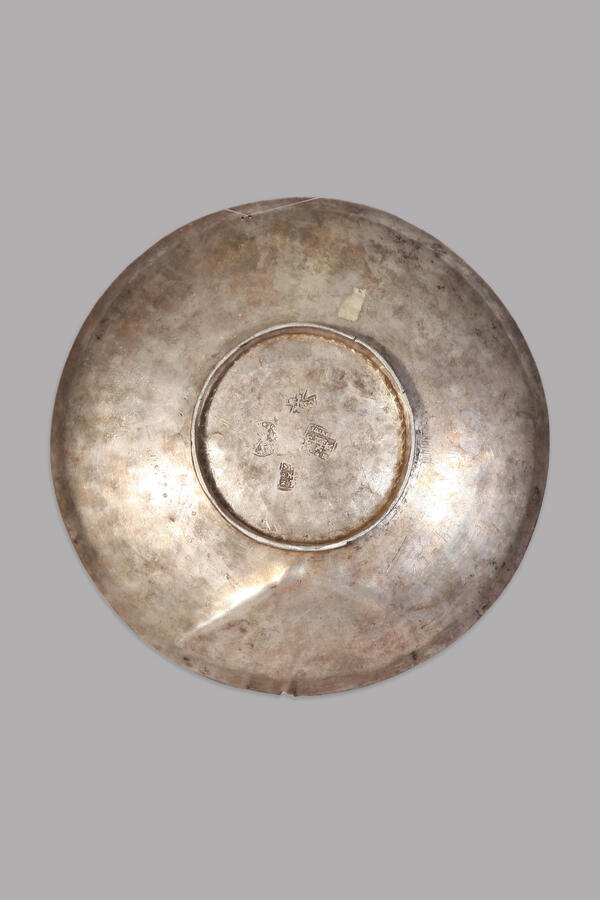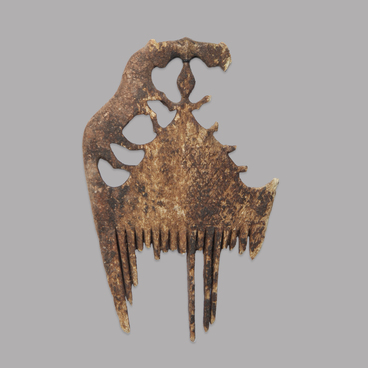The Perm land has preserved a lot of valuable artefacts and art pieces belonging not only to its own culture, but also to the culture of neighboring peoples. One of the most valuable art forms found here is Oriental silver.
Ancient Iranian silverware of the Sassanian era from Central Asian countries and Byzantium came to the Kama region as a result of commodity exchanges in the Early Middle Ages of the 6th–7th centuries. Local tribes exchanged furs for metal utensils, coins, tools, jewelry and household items. What makes the Oriental silver on the territory of the Kama region unique is its variety and considerable quantity. Experts use it to study not only the customs of local people, but also the handicrafts and cultures of other nations.
The Komi-Permyaks used Oriental silverware not only for their intended purpose, but also in pagan rituals. According to their beliefs, all metal items possessed magical properties and were endowed with special powers. This is confirmed by the fact that all items made of Iranian silver were found in single copies at the sacrificial sites, holy groves or in individual hoards, rather than at archaeological sites.
The diskos from the collection of the Komi-Permyak Local History Museum was found in 1963 in the village of Salnikovo, Kochyovsky District. This dish is round with low sides, its central decor is in the form of a sun with 16 radiating lines. In the center there is a stylized cross pattée with four flared arms and loops on each point of them. Along the convex edge there is a pattern in the form of semicircles. There are stamps and inscriptions on the reverse, presumably in Greek.
In 1935, many of the Sassanian silver items found in the Perm region were transferred from the funds of the Komi-Permyak Local History Museum to the State Hermitage for an exhibition held on the occasion of the Third International Congress of Iranian Art. The pieces were never returned due to the lack of proper storage facilities. Today the collection of the Komi-Permyak Museum include six pieces of Iranian silver received after the 1940s.
Ancient Iranian silverware of the Sassanian era from Central Asian countries and Byzantium came to the Kama region as a result of commodity exchanges in the Early Middle Ages of the 6th–7th centuries. Local tribes exchanged furs for metal utensils, coins, tools, jewelry and household items. What makes the Oriental silver on the territory of the Kama region unique is its variety and considerable quantity. Experts use it to study not only the customs of local people, but also the handicrafts and cultures of other nations.
The Komi-Permyaks used Oriental silverware not only for their intended purpose, but also in pagan rituals. According to their beliefs, all metal items possessed magical properties and were endowed with special powers. This is confirmed by the fact that all items made of Iranian silver were found in single copies at the sacrificial sites, holy groves or in individual hoards, rather than at archaeological sites.
The diskos from the collection of the Komi-Permyak Local History Museum was found in 1963 in the village of Salnikovo, Kochyovsky District. This dish is round with low sides, its central decor is in the form of a sun with 16 radiating lines. In the center there is a stylized cross pattée with four flared arms and loops on each point of them. Along the convex edge there is a pattern in the form of semicircles. There are stamps and inscriptions on the reverse, presumably in Greek.
In 1935, many of the Sassanian silver items found in the Perm region were transferred from the funds of the Komi-Permyak Local History Museum to the State Hermitage for an exhibition held on the occasion of the Third International Congress of Iranian Art. The pieces were never returned due to the lack of proper storage facilities. Today the collection of the Komi-Permyak Museum include six pieces of Iranian silver received after the 1940s.




